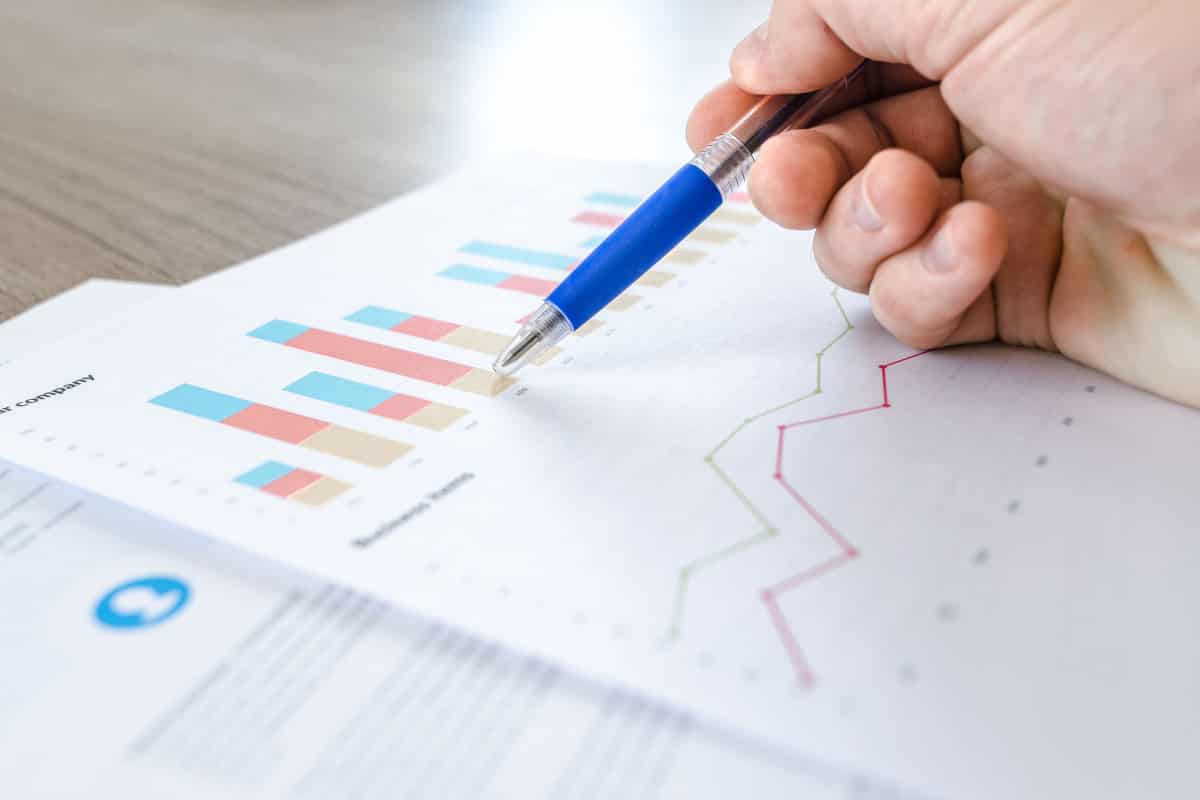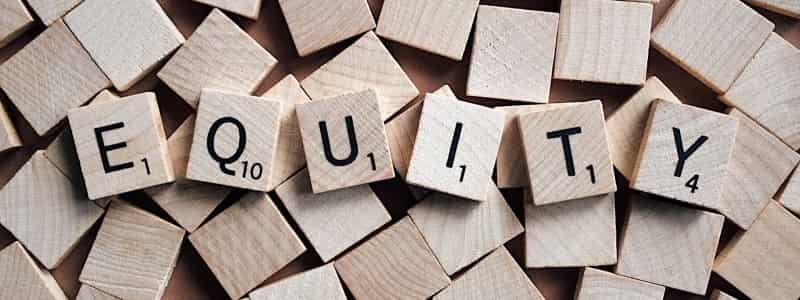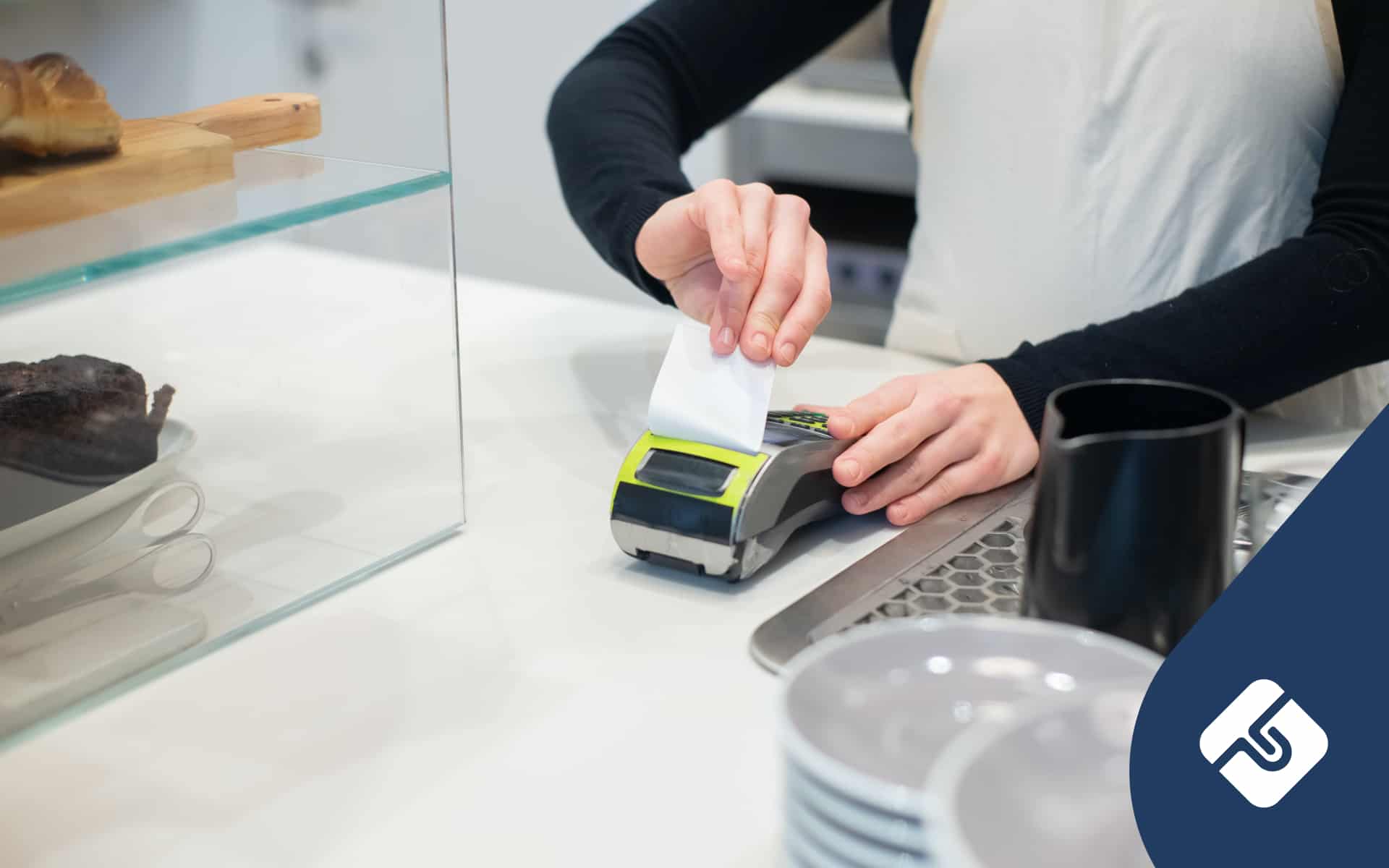Background
A balance sheet – also known as a ‘statement of financial position’ – is one of three essential financial statements for a business, alongside the income statement and cash flow statement. To put it simply, a balance sheet provides a picture of your business’s assets (something your business owns) and liabilities (something your business owes) at one particular time. It communicates the financial health of your business by valuing its net worth. This information can be useful to your business for many reasons. For example, it can assist with your financial planning for the year by determining how much money you need to fund your daily operations. It can also help with your business decisions, such as whether or not to increase debts, and if so, which method to pursue.
This article will explain how to draft a balance sheet for your business. Specifically, this article will explore the three sections of a balance sheet as a starting point – assets, liabilities and shareholder’s equity (or owner’s equity). While the accounts contained in these sections will vary between different businesses, many will remain the same.
Assets
Generally, assets can either be current or non-current. Normally, you would list assets in order of how easy they are to convert into cash.
- Current assets are assets that are expected to be converted into cash within one year. This commonly includes:
- Cash
- Accounts receivable (for instance, the amount owed to you by customers)
- Inventory or stock that is sold and replaced regularly
- Prepaid expenses such as rent
- Non-current assets – also known as ‘fixed assets’ – are assets that are not expected to be converted into cash within one year. Usually, they are assets your business plans to keep. This commonly includes:
- Buildings or land
- Vehicles
- Plant and equipment
- Intangible assets such as goodwill
Liabilities
Generally, liabilities can also either be current or non-current.
- Current liabilities – also known as ‘short-term liabilities’ – are liabilities that are expected to be paid or settled within one year. This commonly includes:
- Accounts payable (for instance, the amount owed to a supplier)
- Credit card debts
- Salaries payable
- Tax payable
- Short-term loans
- Non-current liabilities – also known as ‘long-term liabilities’ – are liabilities that are not expected to be paid or settled within one year. These commonly include:
- Mortgages
- Long-term loans
Shareholder’s equity (or owner’s equity)
Shareholder’s equity (or owner’s equity) – also known as ‘net assets’ – will equal the amount leftover after deducting the total amount of your liabilities from the total amount of your assets. This is a good indicator of the financial success or failure of your business.
Other considerations
Beyond this, you will need to consider other things such as the depreciation of your non-current assets (or fixed assets). This represents the value lost in the use of your fixed assets, such as a vehicle. You will also need to state whether the figures on your balance sheet are inclusive of Goods and Services Tax (GST).
Conclusion
To summarise, a balance sheet is one of the three key financial statements for a business. It is incredibly useful in many ways, as it communicates the financial health of your business. Ultimately, the formula used will always be: assets = liabilities + shareholder’s equity (or owner’s equity). You can access a balance sheet template from business.gov.au here. Otherwise, for more information or further assistance, consult an accountant or business lawyer today.




